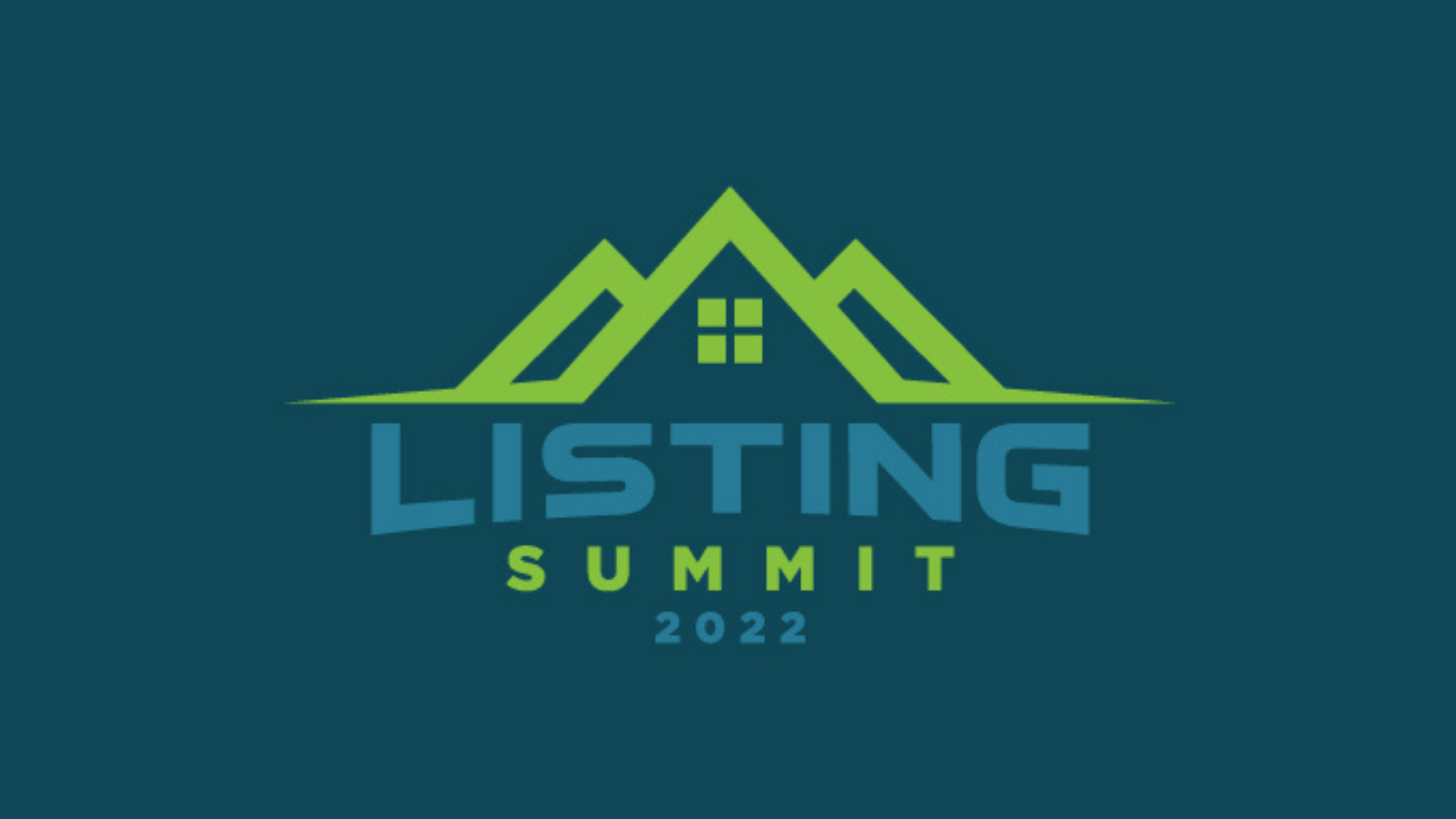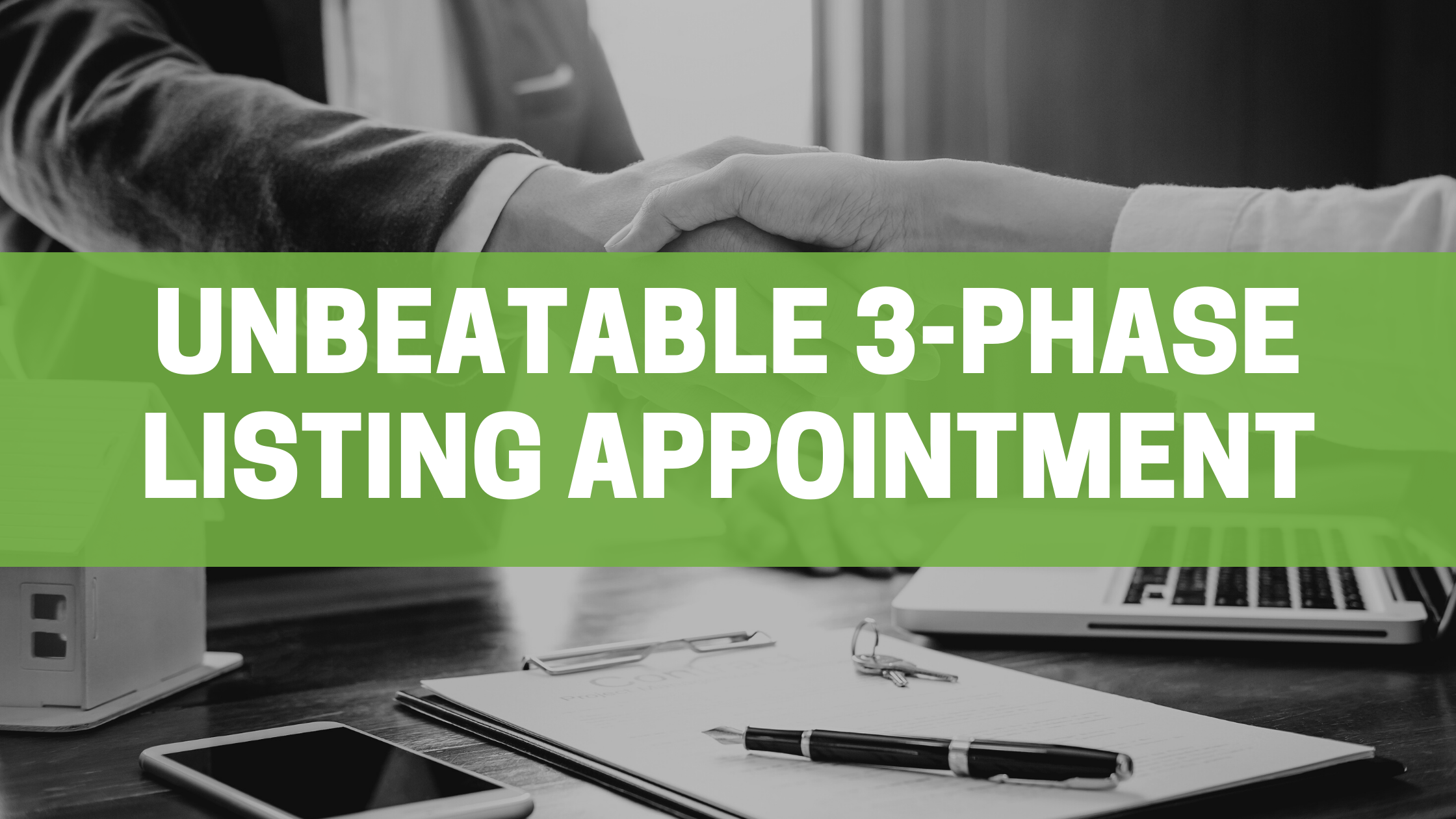Real estate newsletters have been around for years, but advancements in technology and the growth of social media has changed the way top agents are staying in touch with their clients.
If want to stay competitive in today’s market and maximize the impact of your newsletter, read on to find out how you can:
- Develop an online strategy for delivery and utilization of your newsletter content.
- Understand WHERE and HOW buyers are finding information about real estate and real estate agents.
- Streamline your process for creation and distribution of newsletters to save time, effort and money … and increase your RETURN on investment.
WHY DO I NEED A NEWSLETTER?
According to the National Association of REALTORS’ Home Buyers and Seller Report, the overwhelming majority of people who work with a real estate agent say that they would use their agent again or recommend their agent to others. HOWEVER, only a small percentage actually do work with that agent again.
What’s the #1 reason a home buyer or seller doesn’t work with the same agent again?
They can’t recall the agent’s name.
So if you’re not consistently reaching out to your past clients, someone else is going to win their business when they are ready to buy or sell. And if you’re not finding a way to bring in a steady stream of NEW client leads, your business will eventually burn out.
Newsletters position you as an authority on real estate in your local market AND give you a reason to reach out to your database each month … so you will be top of mind when it comes time to buy, sell or refer a friend.
THE “OLD WAY” OF DOING NEWSLETTERS
Here at GoodLife Realty, our agents have been in the business for 20 years or more. We were creating real estate newsletters long before the Internet age.
The “old way” of producing real estate newsletters wasn’t bad. They usually consisted of one or two pages of real estate-related information for our clients. Most importantly, they provided a reason to reach out every month to stay on our their radar.
We would write the information ourselves, have it printed at Kinkos and mail it to our clients or drop it on their doorstep. It was costly and time-consuming to produce … and we had no way to track the results.
This strategy was also developed at a time when people actually opened their mail and looked forward to going through it. But today’s consumer increasingly looks to gather information online. In fact, Pew Research estimates that 43% of Americans most often get their news online, and 67% get at least some of their news on social media.
So how did we take our old newsletter marketing strategy and translate it into a digital world?
EVOLUTION OF REAL ESTATE NEWSLETTERS
When email became commonplace in the late 1990s, we took that same newsletter and started sending it out via email.
If offered several advantages:
- Is it easier? YES
- Does it save money? YES
- Can we track the results more effectively? YES
- Does it achieve our goals of providing value and staying in touch? YES
We thought e-newsletters were the greatest thing since sliced bread. But as consumer behavior has changed, we have recognized the limitations, as well.
- More Buyers and Sellers Are Finding Their Agent Online
According to the Zillow Group Report on Consumer Housing Trends, “while 33 percent of buyers find an agent via referrals, nearly that many—26 percent—are finding an agent online. Only 3 percent of buyers find their agent through newspaper ads, and 2 percent find them through direct mail.
The most common ways that sellers find the agent they end up selecting are referrals (24 percent), online sources (18 percent) or past experience with the agent (17 percent).” Millennials, in particular, are most likely to find their agent via an online resource.
While our e-newsletter was helping us stay connected with past clients in our database, it wasn’t helping us find new leads … or helping them find us online.
- Social Media Use Is Skyrocketing
According to a study by marketing agency MediaKix, the average person now spends nearly TWO HOURS each day on social media, with almost one-third of that time spent on Facebook.
While the advent of social media means we have to compete more and more for the attention of our clients, it’s also given us increasingly sophisticated targeting tools to identify and advertise to our target demographic. For example, using Facebook Ads, we can advertise an open house to people who reside in our target neighborhood, who are “likely to move,” and have an income level, age and interests that match our target demographic.
If you’re not already utilizing social media to reach both existing and potential clients, you can bet your competition is.
- Consumers Increasingly Prefer Mobile
“Nearly two-thirds (65%) of U.S. adults who get news on both mobile and desktop prefer mobile, up from 56% in 2016,” according to a recent report by the Pew Research Center.
You don’t have to look far to notice that nearly everyone has a smartphone, and they always seem to be on it. Don’t make the mistake of assuming people will read your newsletter at their desk or print it out to read later.
If your content isn’t mobile friendly, your customers might ignore or delete it.
NEW DIGITAL NEWSLETTER STRATEGY
At Goodlife Realty, we’ve continued to adapt our content and newsletter strategy to reflect these changes in consumer behavior. In fact, we developed an acronym for our approach, which we apply to all of our online content:
Valuable Content = Mobile Friendly (Blog + Social + Email)
The same information you would have used in your old newsletter can be translated into new delivery vehicles via a three-prong approach (and be sure it’s all mobile friendly!):
1. Blog Post
By posting the newsletter content on your website’s blog, it shows visitors you are a thought leader in real estate and a trusted source of information. Previously, only those contacts in your database had access to the valuable information in your newsletter … now anyone who visits your website can see it.
Even a customer who was referred by a past client is likely to visit your website to find out more about you. If your last blog post was from 2015, they may think you’re no longer in the business or not up-to-date on the market. To counter that appearance, we recommend posting at least once per month.
Additionally, posting fresh and relevant content on your blog helps optimize your site for search engines like Google. Which means people searching for a real estate agent in your area are more likely to find you.
2. Social Post
Once you’ve created your blog post, you’ll want to promote it on social media to drive traffic to it, which means you’ll increase the number of people who see it.
We recommend promoting it on Facebook at a minimum. You may also want to promote it on Instagram, LinkedIn, Pinterest and/or Twitter. Before posting, be sure to familiarize yourself with the style and best practices for each social media channel.
In your post you’ll want to share a snippet or “teaser” of the subject matter. And be sure to attach a complementary image with your post. Marketing firm BuzzSumo found that Facebook posts with a picture received 2.3 times more engagement than those without one.
To maximize your exposure on Facebook, you can pay a small fee to “boost” your post to people who like your page and their Facebook friends. You can also run Facebook ads targeting potential customers in your target demographic.
3. Email
Don’t forget that email is still king when it comes to connecting with your database. There is no better or more cost-effective way to reach out to your existing database than through email.
We recommend crafting a friendly but professional email introducing the subject matter of your newsletter and letting your contact know why you are sharing it with them. You can include a link to your blog post, a PDF version of your newsletter, or both.
Whatever you do, be sure to use an enticing subject line. The sad truth is, if the subject line doesn’t excite your reader, they may delete it without even opening it.
If you use an email marketing service, you should be able to go back and check open rates for past emails to see which ones get the most opens. Try testing a few with a small group to see which subject lines resonate best with your clientele.
Place a follow-up call a few days after you send your email. It gives you a good reason to reach out to your contacts and provides a valuable opportunity to solidify your relationship and find out if they or anyone they know has any real estate needs!
DEVELOPING CONTENT FOR YOUR NEWSLETTER AND BLOG
The same type of information you would have shared in your offline newsletter is suitable for your e-newsletter or blog. Examples might include:
- Information About Buying and Selling Homes – Clients want to see that you’re an expert in this area.
- Homeowner Tips – Past clients are homeowners and they want to know how to maintain and increase the value of their investment.
- Local Real Estate News and Developments – Sharing news about real estate projects and developments in your community shows that you’re the local market expert.
- Community Events – Your interest and involvement in community events lets people know that you’re supportive of the neighborhoods you serve.
- Local Lifestyle – Be an advocate of your community and show that you enjoy taking part in the local lifestyle and traditions.
Whatever topic you choose to cover, make sure your content is well written and free of spelling and grammatical errors, has some tie to real estate and/or your community, and offers value to the recipient.
SAVE TIME AND INCREASE IMPACT BY OUTSOURCING
At GoodLife Realty, we outsource as much as possible to keep the staff small and overhead low. So we find people who are really good at what they do to partner with us and help us produce a shared result.
Even if you’re an excellent writer, chances are you don’t have the time or expertise to produce new blog posts, social media and email marketing campaigns every month.
You can hire freelance copywriters and graphic designers on a website like Upwork to do it for you. Or, members of the Paperless Agent Coaching Club get access to a done-for-you and fully-customizable content marketing/newsletter campaign each month, in addition to a ton of other valuable resources.
Our Monthly Digital Marketing Campaigns cover a different real estate topic each month and include everything you would need to implement the three-pronged digital newsletter strategy, including:
- Blog post
- LinkedIn post
- Professionally-designed PDF newsletter
- Copy and graphics for sharing on social media
- Email template and follow-up script for outreach to your database
To learn more about the Paperless Agent Coaching Club and Monthly Digital Marketing Campaigns, visit: thepaperlessagent.com
Whether your choose to outsource your newsletter or do-it-yourself, be sure to find some means of reaching out to your clients on a regular basis … so they remember YOU when it comes time to buy or sell a home.







... [Trackback]
[...] Read More here: thepaperlessagent.com/3-steps-to-increase-impact-from-your-real-estate-newsletters/ [...]